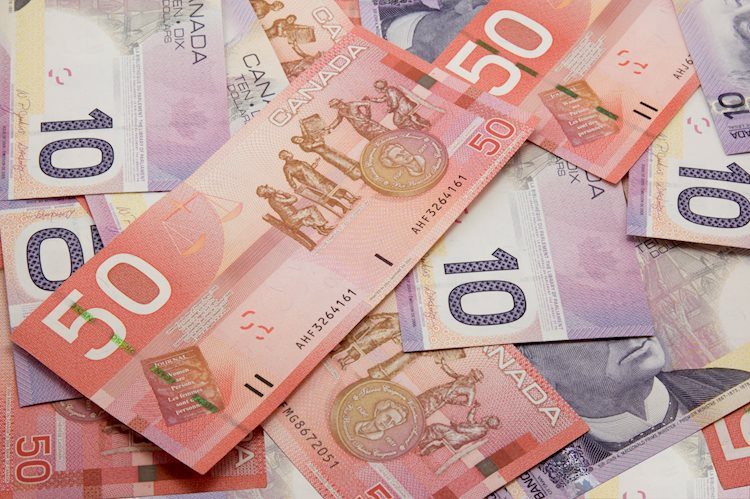The USD/CAD pair has strengthened to around 1.3930 in Wednesday’s early European session, marking a gain of 0.72% on the day. The positive outlook for the pair remains intact as it remains above the 100-day EMA and the bullish RSI indicator. The first upside resistance level is seen at 1.3972, with initial support located at 1.3836.
The US Dollar is performing well across the board, with the Trump trading scenario gaining momentum after polls showed Republican candidate Donald Trump leading over Democratic candidate Kamala Harris in the US presidential election. On the daily chart, the USD/CAD pair maintains a bullish stance, supported by the 100-period EMA and the RSI indicator above the midline. Further upside movement is likely, with the potential for a move towards the psychological level of 1.4000 and possibly to 1.4140, the weekly high of May 11. On the downside, initial support lies at 1.3836, followed by 1.3750 and the key level of 1.3700-1.3695.
The Canadian Dollar’s value is influenced by several key factors, including the level of interest rates set by the Bank of Canada, the price of Oil (Canada’s largest export), the health of the economy, inflation, and the Trade Balance. Market sentiment and the state of the US economy also play significant roles in determining the CAD’s strength. Higher interest rates set by the BoC are generally positive for the CAD, while changes in Oil prices directly impact the currency due to Canada’s reliance on Oil exports.
The Bank of Canada plays a crucial role in shaping the value of the Canadian Dollar through its interest rate decisions and monetary policy. The BoC aims to maintain inflation within the 1-3% range by adjusting interest rates accordingly. Higher interest rates tend to boost the CAD, while quantitative easing has a negative impact on the currency. Oil prices also have a direct influence on the CAD, with higher prices leading to an increase in demand for the currency.
Inflation, traditionally seen as a negative factor for a currency, can actually have a positive impact in modern times due to increased capital flows. Higher inflation rates often prompt central banks to raise interest rates, attracting more capital inflows and boosting demand for the local currency. The release of macroeconomic data, such as GDP figures, PMIs, and employment reports, can also impact the Canadian Dollar’s value. A strong economy is favorable for the CAD, attracting foreign investment and potentially leading to interest rate hikes by the Bank of Canada.
Overall, the USD/CAD pair’s current strength is influenced by various economic factors and market dynamics. The positive outlook for the pair suggests further upside potential, with key levels to watch in both directions. The Canadian Dollar’s value is closely tied to the country’s economic performance, the price of Oil, and the decisions made by the Bank of Canada. Understanding these factors can help traders and investors navigate the movements of the USD/CAD pair and make informed decisions in the forex market.











